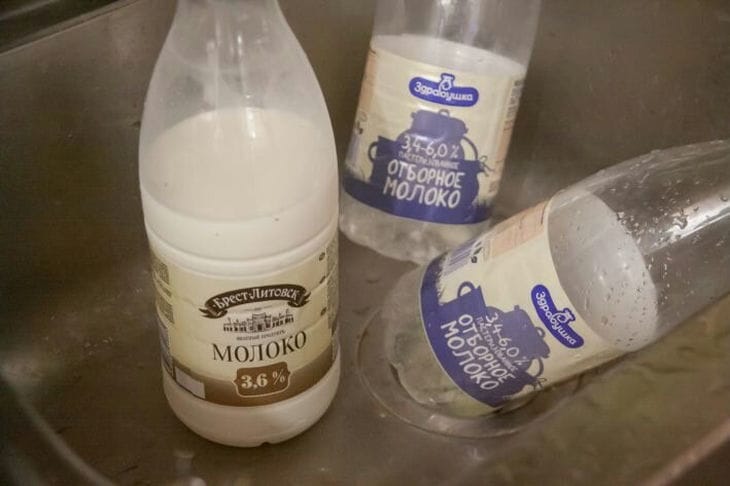Ordinary milk has proven to be a powerful weapon against aphids and powdery mildew.
To prepare this very weapon, dilute it with water in a ratio of 1:4 and use the resulting solution to spray the leaves.
Milk fat envelops the pests, and lactose becomes food for beneficial bacteria.

Research has shown that cucumber yields increase by 40%! Now farmers are buying up pasteurized milk en masse, and scientists are scratching their heads over how they didn't figure it out earlier.
True, this trick has a number of nuances. For example, it is recommended to use skim milk - fat leaves stains on the leaves.
Carry out the treatment once every 2 weeks, alternating with herbal infusions. If you add 5 drops of iodine per liter of the mixture, protection from late blight is guaranteed.
Summer residents especially praise the milk solution after using it in greenhouses. When it hits glass or film, the milk creates a thin film that scatters light.
After this, you don’t have to worry about the plants getting burned in the heat: from now on they are saved.
By the way, the solution also has a non-standard application: a milk solution prepared in a ratio of 1:10 can be used to water pepper seedlings.
Calcium will strengthen the stems, and phosphorus will speed up flowering. But not more than once a month - excess milk provokes rot.
Finally, here’s a life hack from beekeepers: spray flowering plants with a mixture of milk and honey (1 teaspoon per 1 liter).
Bees will flock to the aroma, increasing pollination several times over.
